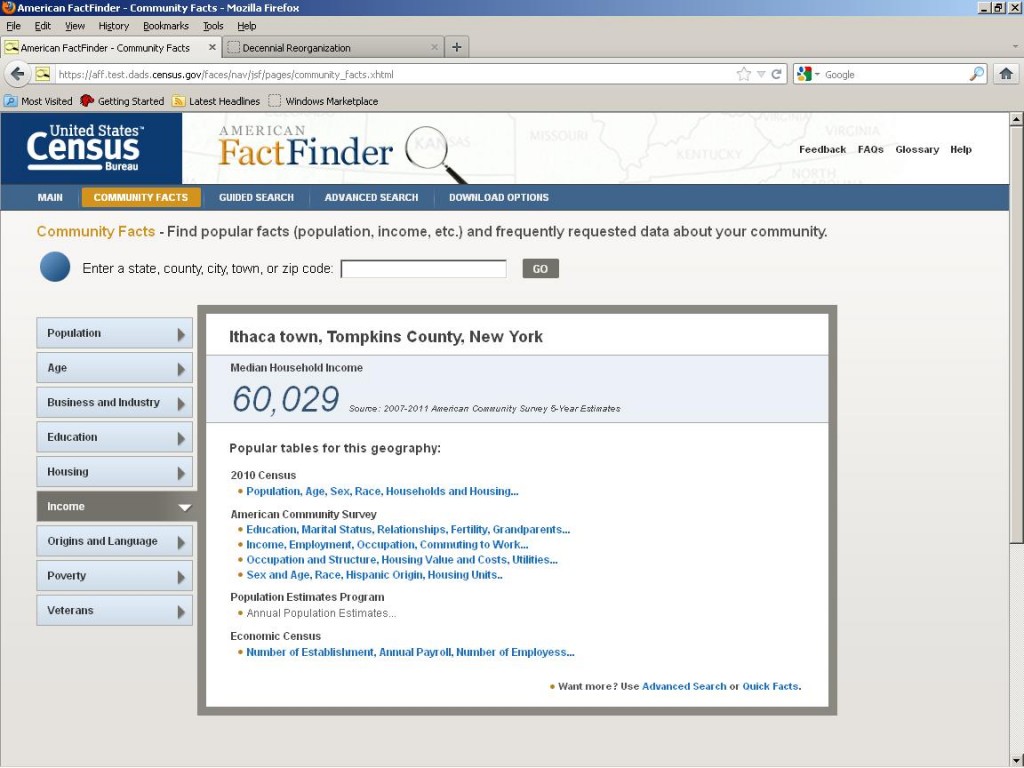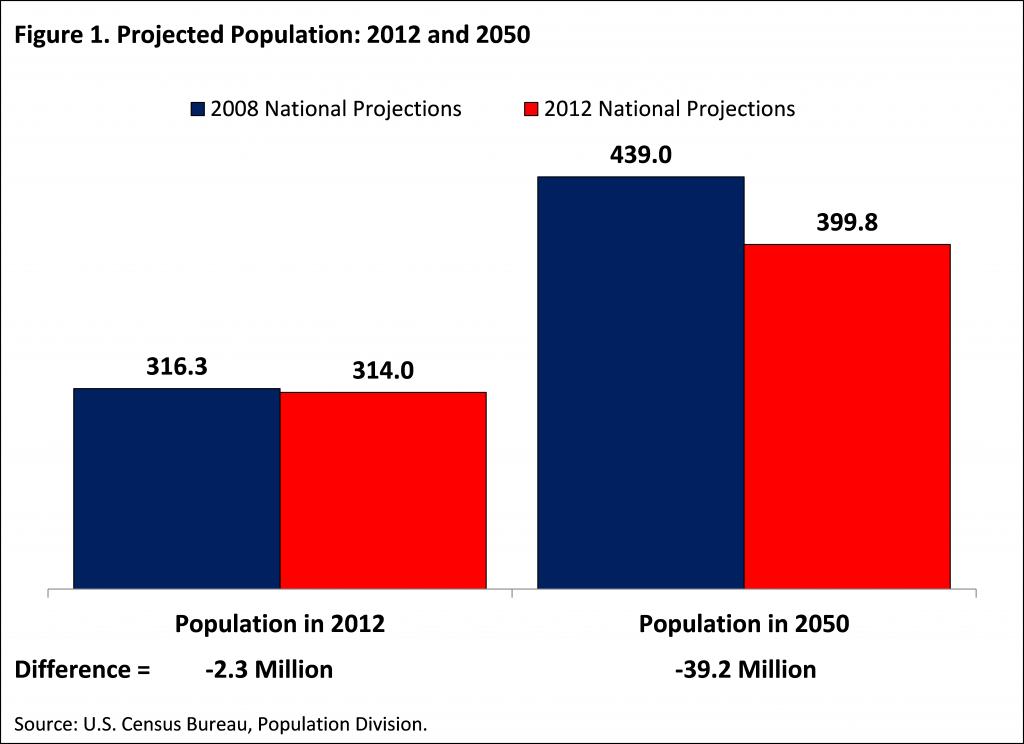Written by: Rebecca Chenevert and Daniel Litwok
In the workplace, we expect age to be an important factor in how much people are paid—as we get older, we gain experience and our value to employers increases. However, that expectation may not hold for those who leave the workforce for an extended period of time, for reasons including raising children or getting additional education.
We can study the link between age and experience through the Census Bureau’s Survey of Income and Program Participation (SIPP), which asks people detailed questions about their current and past employment. The answers respondents provide make it possible to see how age, education, experience and earnings relate to each other.
Figure 1 shows work experience by age separately for men and women and for levels of educational attainment.
We can see that women have similar levels of experience as men early in their careers. However, on average, women accumulate experience more slowly starting around age 25. This information comes from the 2008 SIPP and is consistent with mothers staying home with young children more often than fathers do (for additional information on the ages of mothers and those who stay home, see America’s Families and Living Arrangements: 2007 and Births: Final Data for 2008).
We also found that working-age people without a high school degree (or equivalent) spend less time working than their peers. High school graduates of every age group have more work experience than people without degrees in the same age group. The difference grows as they age; people without a high school diploma gain an additional 4.6 years of experience as they age from 22 to 30. Those with a diploma gain an average of 5.9 years of experience.
The SIPP data have rich information about earnings. For information about how work experience and length of time with a particular employer is associated with earnings, please see www.census.gov/people/laborforce/.
For detailed statistics by age, experience and job tenure, please see www.census.gov/people/laborforce/publications/employment_history.html.











